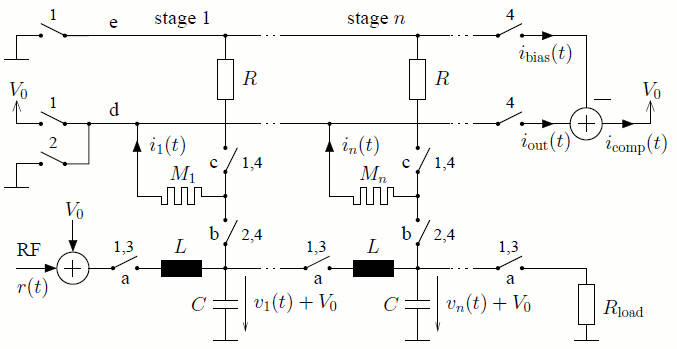Ultra-Wideband Systems

The wealth of advantages derived from a large signaling bandwidth has motivated the considerable interest shown in the past years towards Ultra Wideband (UWB) communication systems. The possibility of extremely high data rates as well as high-accuracy ranging, together with the promise of low-power and low-complexity devices are some of the many features making UWB so attractive. However, UWB system design poses a number of new technical challenges, and traditional design guidelines are insufficient, or even misleading.
Whereas low-complexity UWB transmitters are very feasible, especially when considering the principle of impulse radio (IR) signalling, there is a number of processing tasks that, as a consequence of the large signal bandwidth, makes the implementation of conventional optimum receivers extremely complex, if feasible at all.
Noncoherent receiver concepts are among the candidate technologies to overcome this challenge, where analog circuits in the receiver frontend are employed to reduce the bandwith of the input signal down to for instance symbol rate. Our group has broad experience in the design and analysis of noncoherent UWB systems. We also proposed novel receiver architectures, for example a multichannel autocorrelation receiver that is a noncoherent receiver frontend allowing for frequency discrimination and a memristor-based receiver that stores a received training signal and performs correlation with the data symbols in analog hardware.
